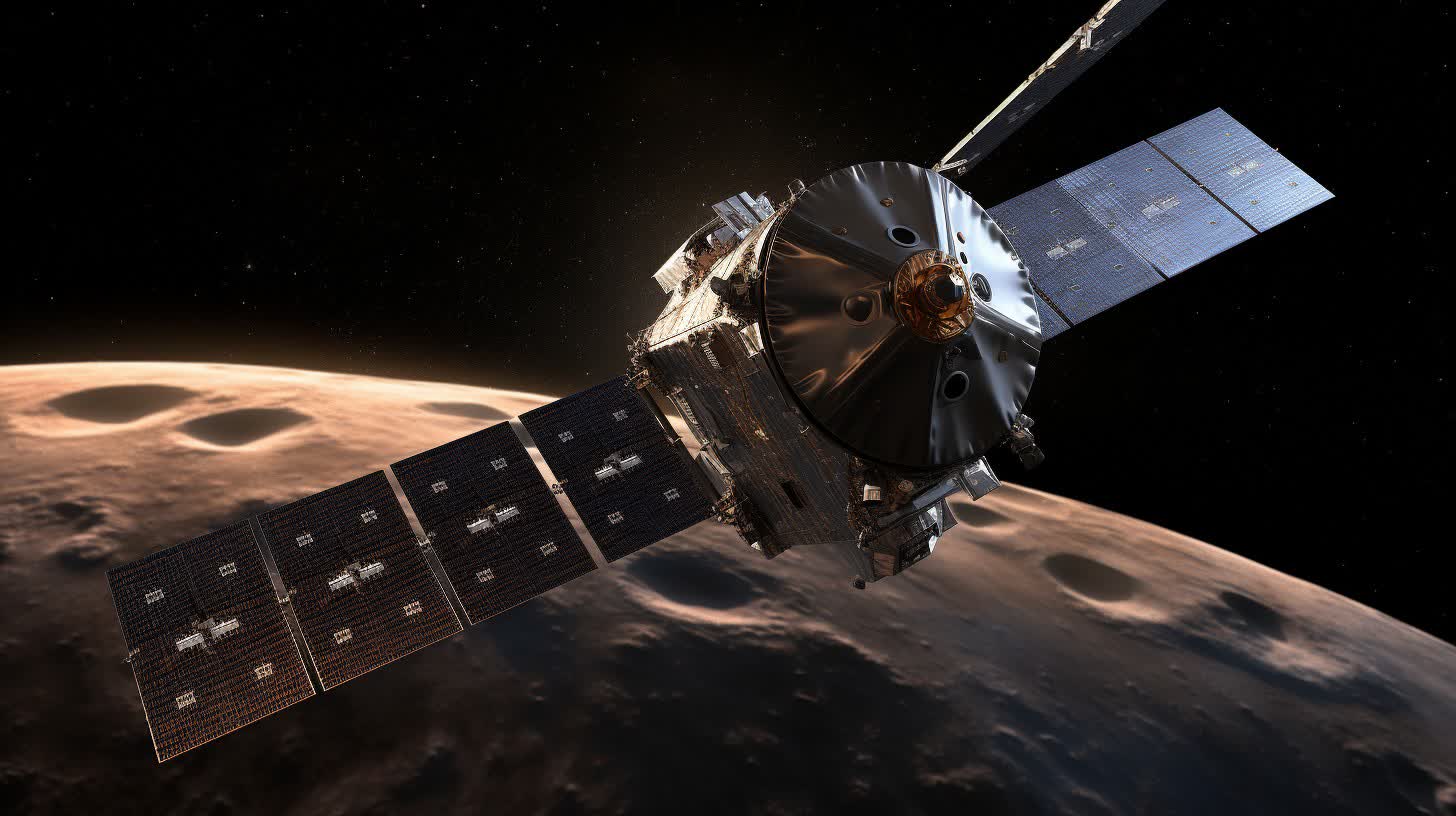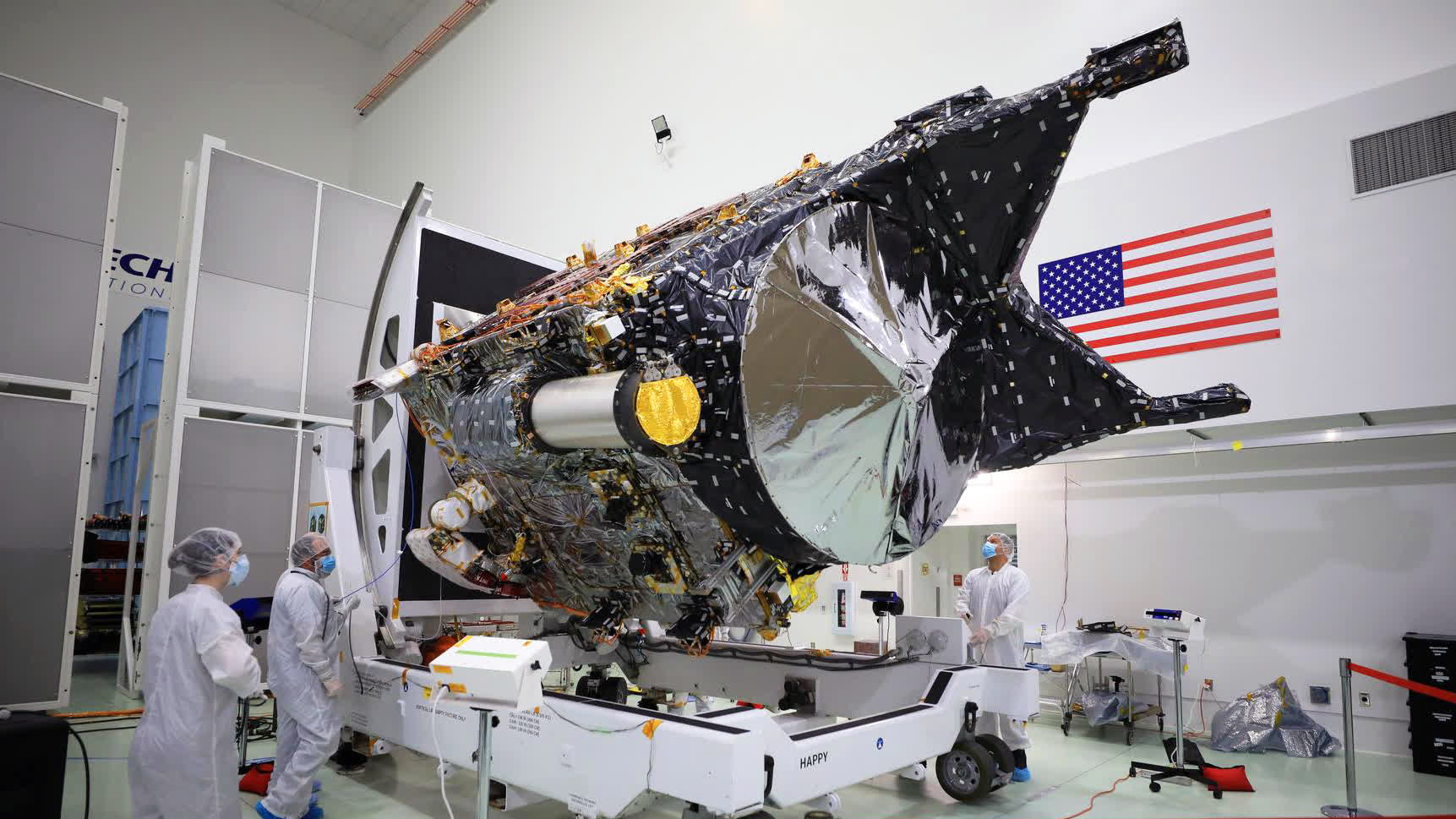What just happened? With humanity aiming to eventually land on and colonize Mars, one of the challenges we need to overcome is being able to communicate quickly and easily over extreme distances. That goal has taken a step closer to reality after NASA beamed messages across a distance of almost 10 million miles using a laser.
On November 14, NASA picked up a laser signal launched from the Psyche spacecraft, which is traveling to the main asteroid belt between Mars and Jupiter. Psyche is currently more than 40 times farther away from our planet than the moon.
This marks the first successful test of NASA's Deep Space Optical Communications (DSOC) system, designed to send information using laser light instead of traditional radio waves. The space agency noted that this is the farthest demonstration ever of optical communications.
"Achieving first light is a tremendous achievement. The ground systems successfully detected the deep space laser photons from DSOC," said Abi Biswas, the system's project technologist at NASA's Jet Propulsion Laboratory (JPL) in Southern California. "And we were also able to send some data, meaning we were able to exchange 'bits of light' from and to deep space."
The transceiver integrated with the Psyche spacecraft consists of a near-infrared laser transmitter for sending high-rate data to Earth, and a sensitive photon-counting camera to receive ground-transmitted low-rate data. Data bits are encoded in the photons emitted by the laser, which took around 50 seconds to travel from the spacecraft to our planet. Using laser light will also allow space missions to send 10 to 100 times more information than they currently do using radio waves.

The tech demo saw the transceiver lock onto a powerful uplink laser beacon transmitted from the Optical Communications Telescope Laboratory at JPL's Table Mountain Facility, helping Psyche aim its downlink laser back to Palomar, 100 miles south of Table Mountain, while automated systems on the transceiver and ground stations fine-tuned its pointing. Test data was also sent simultaneously via the uplink and downlink lasers.
"It was a formidable challenge, and we have a lot more work to do, but for a short time, we were able to transmit, receive, and decode some data," said Meera Srinivasan, operations lead for DSOC at JPL.
The Psyche spacecraft is traveling to survey its namesake asteroid. It should arrive in 2029 and is set to spend 29 months examining the metallic space object.
